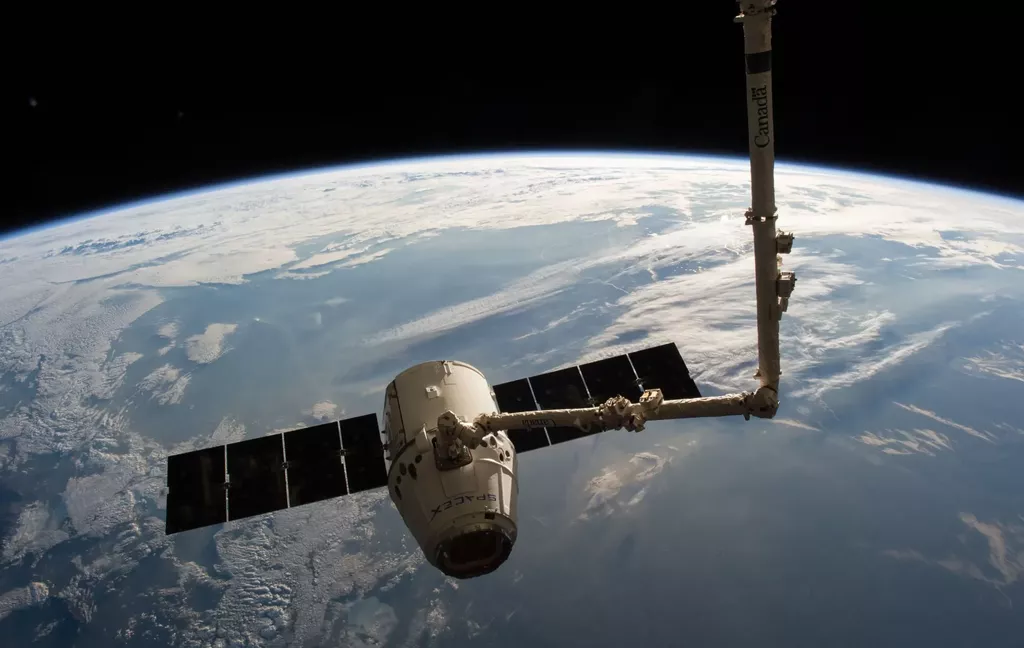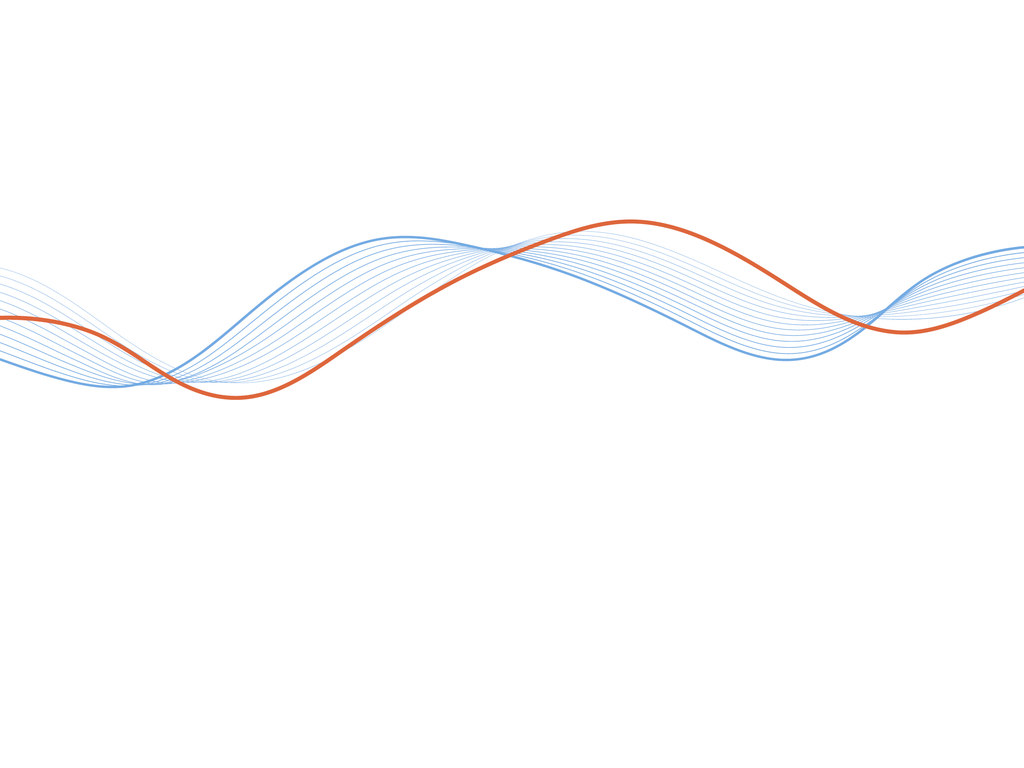A European agenda for space: resilience, security and sovereignty
Past event In person

- Area of Expertise
- Digital & Data Governance

Senior Partner at McKinsey & Company and Director at the McKinsey Global Institute (MGI)
Jacques Bughin is a McKinsey senior partner based in Brussels and a director of the McKinsey Global Institute (MGI), which has just published “Rome redux: New priorities for the European Union at 60”
For many people, the word ‘globalisation’ conjures up, at best, images of container ships moving manufactured goods from far-flung factories. At worst, it stirs acrid debates about trade deficits, currency wars, or jobs moving to China.
But in the 4th Industrial Revolution that is upon us it is easy to ignore a new but essential element of globalisation: cross-border flows of data. Since the 2008 financial crisis, these international data flows have exploded, even as the global flow of goods and services has flattened and cross-border capital flows have declined sharply.
Just 15 years ago cross-border digital flows were almost non-existent. Today, they exert a larger impact on global economic growth than traditional flows of goods, which have developed over centuries.
Approximately 12% of physical trade of goods is now conducted via international business-to-consumer (B2C) and business-to-business (B2B) e-commerce. In China, close to 20% of imports and exports takes place on digital platforms – approximately double the share in Europe.
This digital share grows significantly when the underlying product is digitised – more than 30% of international communication worldwide in 2016 was via Skype. Among high-profile news and entertainment companies, close to 80% of bits traffic originates internationally for the Financial Times, 60% for BBC, and up to 50% for BuzzFeed and Netflix.
Overall, usage of cross-border bandwidth has soared 45-fold since 2005, reaching an estimated 400 terabits per second by the end of 2016. A part of the growth is due to digital information units becoming increasingly enriched and shifting to broadband. Yet the story that flows are growing on a large scale remains valid.
This new age of globalisation is knowledge-, rather than capital- or labour-intensive
So what does it all mean for transatlantic cooperation?
This new age of globalisation differs from the older 20th century variety in a number of important ways. It is knowledge-intensive, rather than capital- or labour-intensive. It requires good broadband connections rather than vast shipping lanes. Much of it is intangible. Most powerfully, digital flows open up the global economy to anyone with an internet connection. That reduces the barriers to entry and changes old rules about how business is done—and who can participate.
So the digitalisation of globalisation marks a very significant change that will play out in the international arena. It is likely to affect the competitiveness of nations and the very nature of commerce.
Looking forward, it is important to focus on three questions:
First, what flows are really making the difference to the world today, and what are factors that could enhance or impede them? After all, new technologies such as 3D printing are opening up possibilities to achieve global reach differently.
For example, in December sportswear company Adidas started selling its Futurecraft 3D running shoe, which is produced by 3D printing. Production and sale of the $333 trainer are limited — for now, it is only available in New York, London and Tokyo.
But Adidas is making the point that 3D printing is not just a marginal idea limited to a tiny number of simple products, but one that could become viable for all types of manufacturers. Physical walls and trade barriers will simply accelerate such developments.
3D printing is not just a marginal idea, but one that could become viable for all types of manufacturers
Second, are Europeans losing out on this trend? If you look more closely at data flows, you can clearly see the dominance of the United States, which runs a huge surplus with the rest of the world in terms of digital content.
But you can also see that, relative to 15 years ago, American centrality is decreasing. The centre of gravity has been shifting to large European countries such as Germany and the UK.
In Europe, a new order is also starting to develop. We are witnessing the strong participation of the Netherlands, southern Europe merely catching up, and small northern European countries like Belgium moving more and more to the periphery of the cross-border data network.
Also of note is the rise of Asian economic and digital centres, notably Hong Kong and Singapore. This correlates well with the rise of Asia in worldwide digital commerce.
Third, picture a world with full automation. What will be the importance of free flows of data? Automation could upend conventional wisdom about trade and supply chains.
If recent advances in robotics and artificial intelligence continue at the speed we have seen in the past few years — and if the costs of the hardware and software continue to fall — companies will need to change their criteria for making strategic location decisions.
It may become cheaper for companies based in Europe and the US to bring production of some goods back from emerging economies with low labour costs and deploy automation technologies at home instead.
Protectionist trade barriers could actually accelerate the structural shift to automation and away from manual manufacturing jobs.
Past event In person

Next event In person & livestreamed

Past event Online

Past event In person





Stay informed
We use cookies and similar technologies to adjust your preferences, analyze traffic and measure the effectiveness of our campaigns. Learn more about our privacy policy.